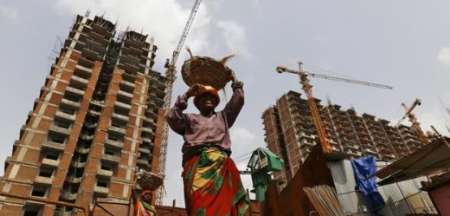
The United Nations World Economic Situation and Prospects as of mid-2017 report, released on Wednesday, identifies a tentative recovery in world industrial production, along with reviving global trade, driven primarily by rising import demand from East Asia, according to a press release by the UN Information Center in the Iranian capital, Tehran.
World gross product is expected to expand by 2.7 per cent in 2017 and 2.9 per cent in 2018, unchanged from UN forecasts released in January this year.
This marks a notable acceleration compared to just 2.3 per cent in 2016.
In a statement on the report, Lenni Montiel, Assistant Secretary-General for Economic Development in the UN Department of Economic and Social Affairs, underscored the “need to reinvigorate global commitments to international policy coordination to achieve a balanced and sustained revival of global growth, ensuring that no regions are left behind.”
According to the report, underpinning global economic recovery is firmer growth in many developed economies and economies in transition, with East and South Asia remaining the world’s most dynamic regions.
However, economic recovery in South America is emerging more slowly than anticipated, and gross domestic product (GDP) per capita is declining or stagnant in several parts of Africa.
The report states that inflation dynamics in developed economies have reached a turning point, and risks of prolonged deflation have largely dissipated.
By contrast, inflationary pressures have eased in many large emerging markets, allowing interest rates to come down.
The report further stresses heightened uncertainty over international policy, which will hinder a strong rebound in private investment globally.
Corporate sectors in many emerging economies are vulnerable to sudden changes in financial conditions and destabilizing capital outflows, which could be triggered by faster-than-expected interest rate hikes in the United States.
Moreover, the report highlights some positive developments related to environmental sustainability. The level of global carbon emissions has stalled for three consecutive years. This reflects growing renewable power generation, improvements in energy efficiency, transition from coal to natural gas, and also slower economic growth in some major emitters.
But, the report also warns against waning commitments going forward.
2044**
www.irna.ir
 solhkhabar | Peace International News Agency Peace International News Agency , Peace News , International Agency News of Peace
solhkhabar | Peace International News Agency Peace International News Agency , Peace News , International Agency News of Peace